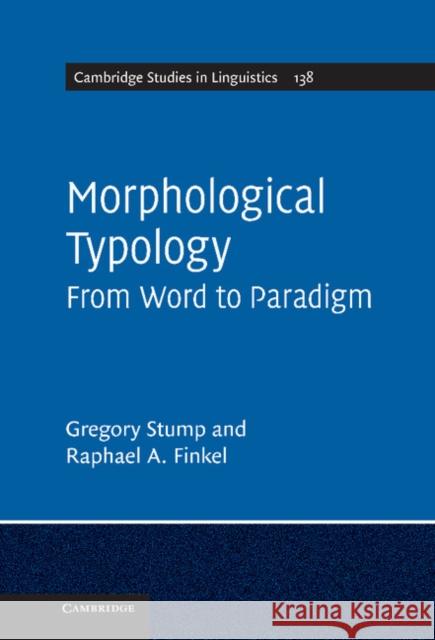Morphological Typology: From Word to Paradigm » książka
topmenu
Morphological Typology: From Word to Paradigm
ISBN-13: 9781107029248 / Angielski / Twarda / 2013 / 428 str.
Morphological Typology: From Word to Paradigm
ISBN-13: 9781107029248 / Angielski / Twarda / 2013 / 428 str.
cena 366,01
(netto: 348,58 VAT: 5%)
Najniższa cena z 30 dni: 363,06
(netto: 348,58 VAT: 5%)
Najniższa cena z 30 dni: 363,06
Termin realizacji zamówienia:
ok. 22 dni roboczych.
ok. 22 dni roboczych.
Darmowa dostawa!
This radically new approach to morphological typology is designed to engage graduate students and academic researchers.











